Connecticut Hall of Fame Inductions Seem to Have Ended
/It seemed like a good idea at the time. More than a decade ago, in 2005, a committee of legislators successfully urged the state legislature to establish the Connecticut Hall of Fame, to be featured in the Legislative Office Building (LOB) in Hartford.
In announcing the proposal, they explained “the hall of fame is designed to recognize those individuals from Connecticut who have distinguished themselves in their professions, nationally or internationally. It will also have an education function because of the great number of students who visit the Capitol and LOB annually.” It was even specified that the lettering of the names of inductees “will be in brass.”
The first class of inductees, in February 2007, were Mark Twain, Igor Sikorsky and Katharine Hepburn, their names affixed to the wall of the second floor atrium in the LOB. It marked a successful launch, after being “in the planning stages for four years,” according to an announcement at the time.
The legislators driving the initiative were then-Senators Joseph Crisco (D-Woodbridge) and John McKinney (R-Fairfield) and then-Representatives Elizabeth “Betty” Boukus (D-Plainville), and Michael Caron (R-Danielson). Today, all no longer hold legislative seats. When it began, it was said that “Funding for the Connecticut Hall of Fame is expected to come from corporate contributions, grants, and contributions from individuals, foundations and, potentially, appropriate state agencies.”
The Hall has slowly fallen from the legislative radar screen. A brochure about the Hall of Fame indicates that “Each year the committee reviews the appl ications of many nominees and refers their selection to the Legislative Leaders for approval. An awards ceremony, ‘Connecticut Hall of Fame Day,’ is held to honor those inducted.” Not lately.
ications of many nominees and refers their selection to the Legislative Leaders for approval. An awards ceremony, ‘Connecticut Hall of Fame Day,’ is held to honor those inducted.” Not lately.
Induction ceremonies were held in 2007, 2008, 2009, and 2010, but only in three years since – 2013, 2014 and 2016. In 2008, the committee reviewed the applications of 30 nominees. No ceremonies have been held, however, in three of the past four years, and none appear to be on the immediate horizon. Officials indicate that the “committee” currently is without leaders.
In 2009, the committee included Rep. Themis Klarides, now the House Republican leader. In a news release that year, she saluted one of the inductees: “Paul Newman’s story is a truly American story and Connecticut can be proud he called our state home,” said Representative Klarides. “Mr. Newman is known widely for his distinguished film and Broadway career, but his service to our nation in WWII and his life-long philanthropic dedication further make him uniquely worthy of addition to the Connecticut Hall of Fame.”
Most recently, in 2017, the co-chairs were then-Sen. Anthony Guglielmo and Rep. Terrie Wood, along with then-Rep. Matt Lesser, now a State Senator.
Among the inductees are UConn’s Geno Auriemma and Jim Calhoun, along with historic figures Noah Webster, Harriet Beecher Stowe, Roger Sherman, Nathan Hale, Henry Burbeck, Helen Keller, Horace Wells, Marian Anderson, Harry Gray, Jackie Robinson and Ralph Sturges, longtime leader of the Mohegan Tribe.
The inductees also Judge Constance Baker Motley; composer and musician David Brubeck; architect Frederick Law Olmsted; aviation pioneer Frederick Rentschler; composer and lyricist Stephen Sondheim; actor and philanthropist Paul Newman, and actress Meryl Streep. Also having their names added to the roster of inductees on a second-floor wall of the Legislative Office Building are Judge John T. Downey; American inventor and businessman Alfred Carlton Gilbert; artist Deane Keller and undersea explorer Robert Ballard.
Whether the Connecticut Hall of Fame will see additional inductees this year, or in future years, remains uncertain. Information on the Hall can be seen at https://www.cga.ct.gov/hof/


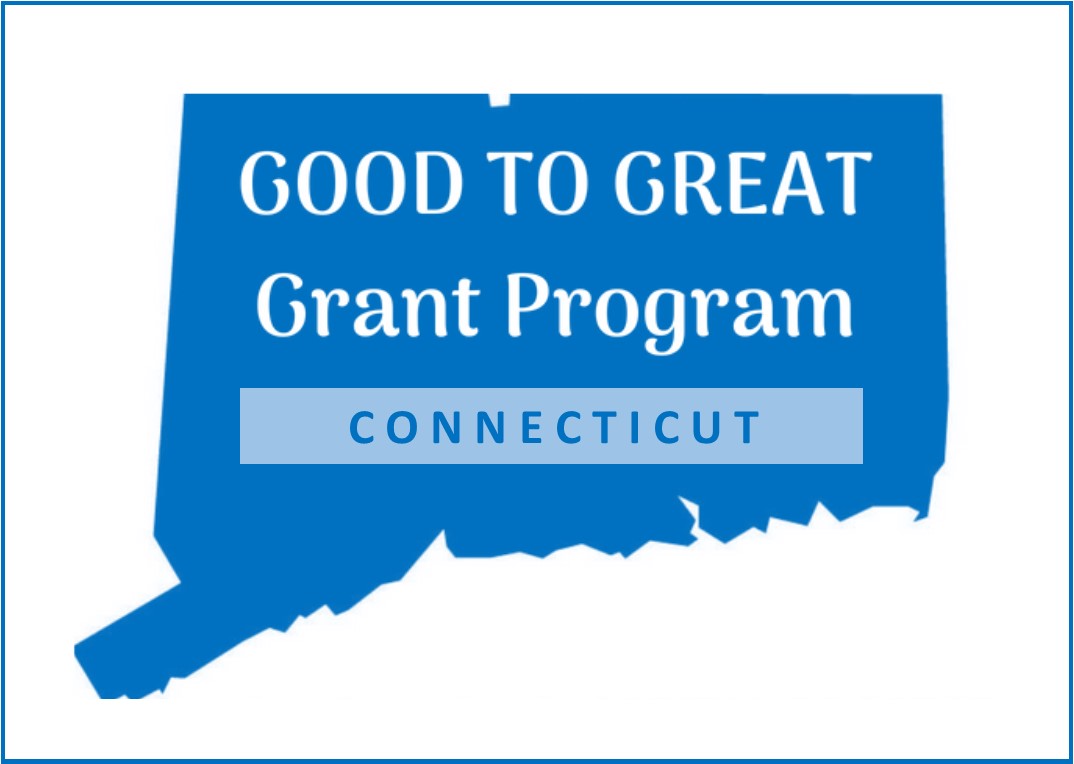
 The just under-the-wire recipients:
The just under-the-wire recipients: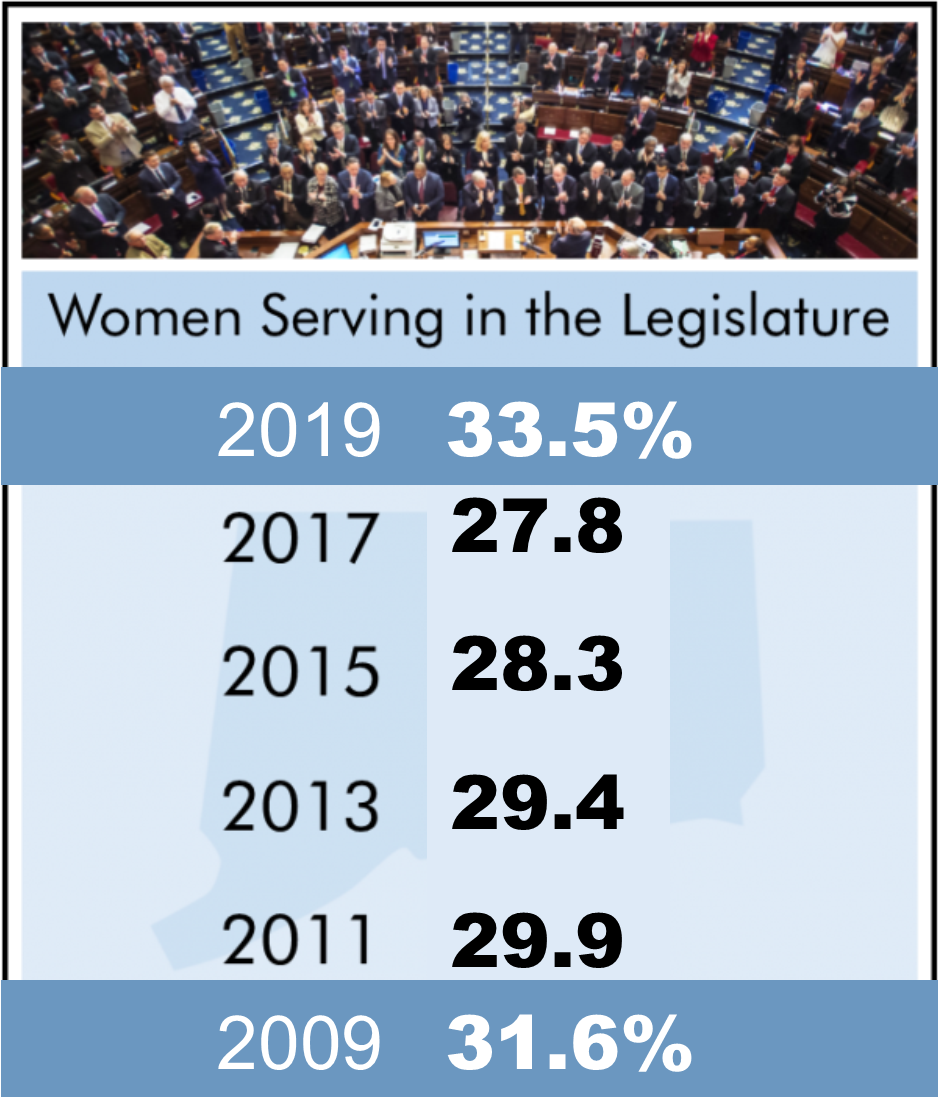
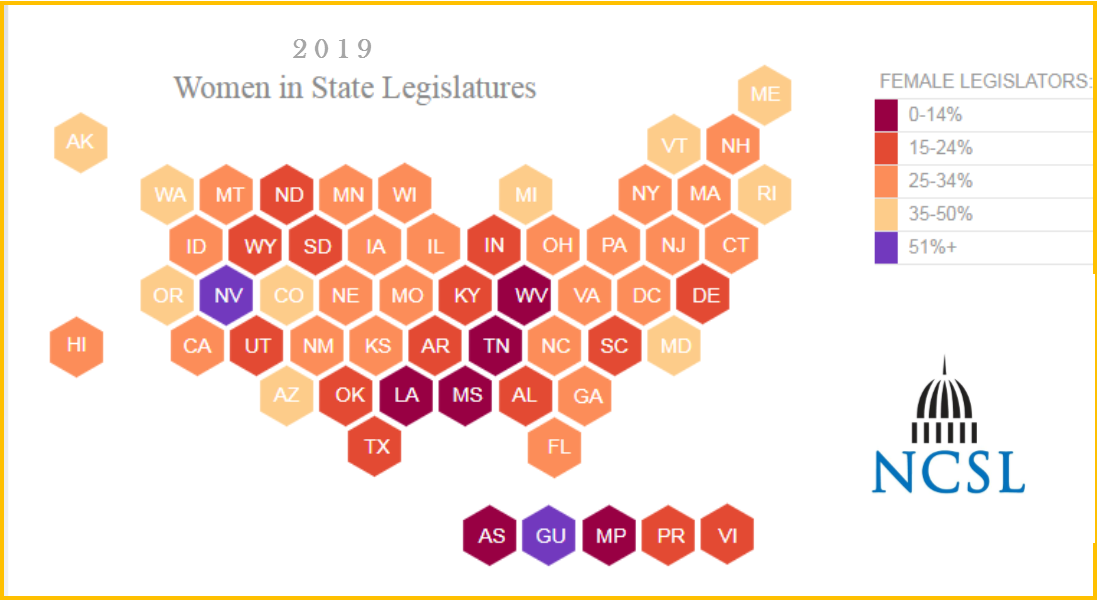






 In the Whalers’ final season in Hartford, 1996-97, attendance at the Hartford Civic Center had grown to 87 percent of capacity, with an average attendance of 13,680 per game. Published reports suggest that the average attendance was, in reality, higher than 14,000 per game by 1996-97, but Whalers ownership did not count the skyboxes and coliseum club seating because the revenue streams went to the state, rather than the team. Attendance increased for four consecutive years before management moved the team from Hartford. (To 10,407 in 1993-94, 11,835 in 1994-95, 11,983 in 1995-96 and 13,680 in 1996-97.)
In the Whalers’ final season in Hartford, 1996-97, attendance at the Hartford Civic Center had grown to 87 percent of capacity, with an average attendance of 13,680 per game. Published reports suggest that the average attendance was, in reality, higher than 14,000 per game by 1996-97, but Whalers ownership did not count the skyboxes and coliseum club seating because the revenue streams went to the state, rather than the team. Attendance increased for four consecutive years before management moved the team from Hartford. (To 10,407 in 1993-94, 11,835 in 1994-95, 11,983 in 1995-96 and 13,680 in 1996-97.)

 Overall state funding for public two- and four-year colleges in the school year ending in 2018 was more than $7 billion below its 2008 level, after adjusting for inflation, according to the study.
Overall state funding for public two- and four-year colleges in the school year ending in 2018 was more than $7 billion below its 2008 level, after adjusting for inflation, according to the study.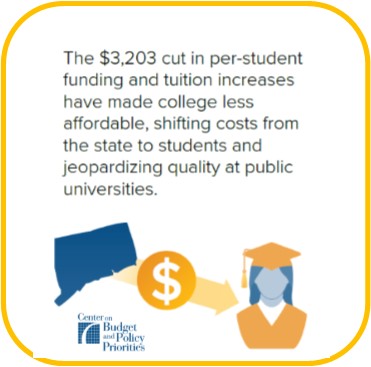

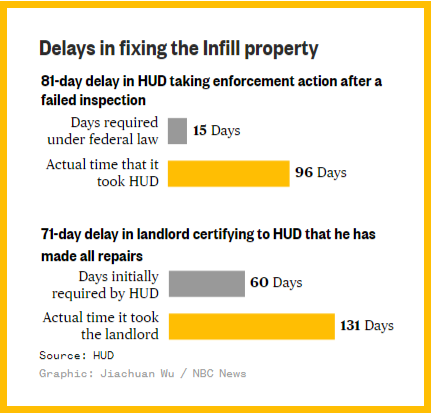
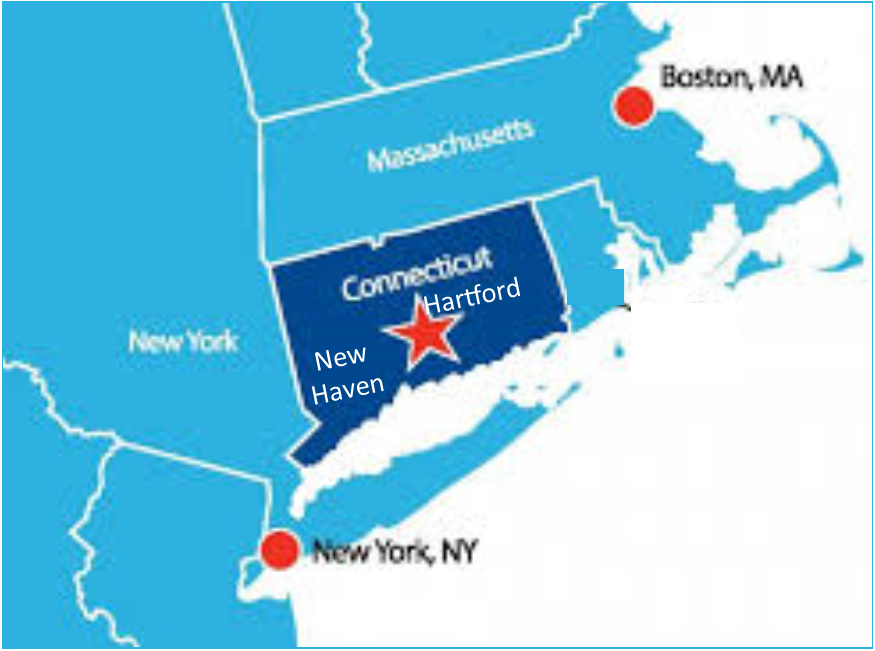 The characterization of two of the state’s largest cities as potential “suburbs” of New York and Boston, seemingly overlooking Bradley International Airport and Tweed-New Haven in the process, has raised questions from officials.
The characterization of two of the state’s largest cities as potential “suburbs” of New York and Boston, seemingly overlooking Bradley International Airport and Tweed-New Haven in the process, has raised questions from officials.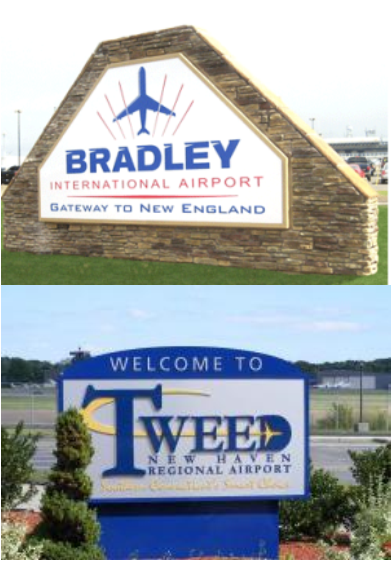
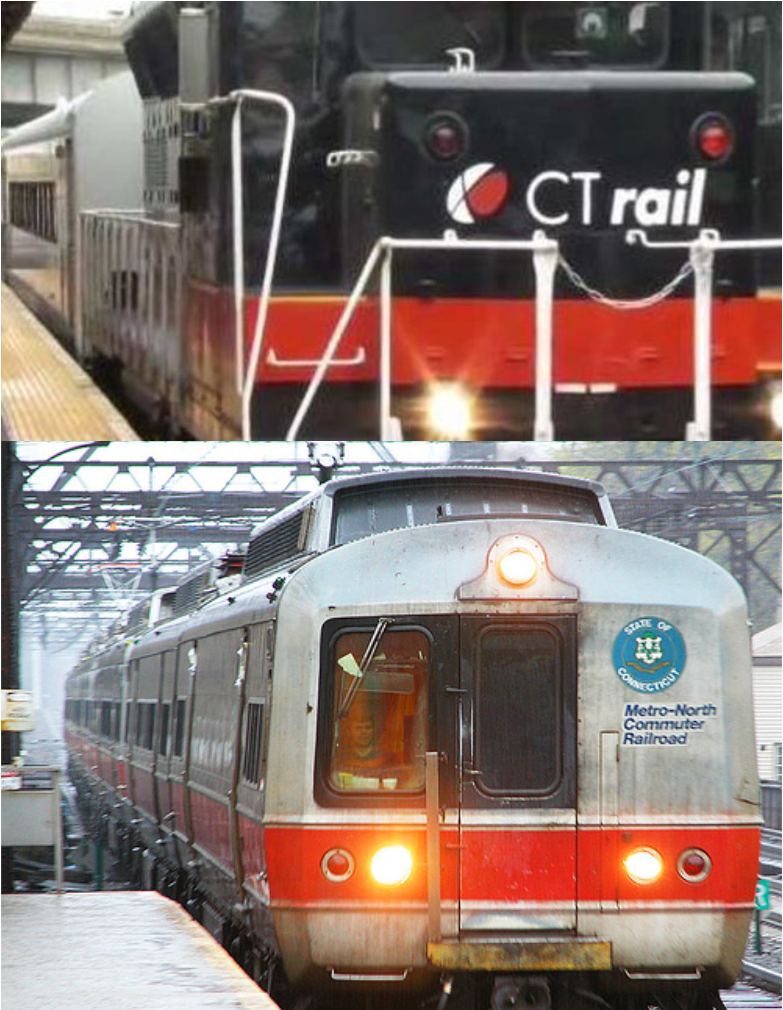 Cohen, who has received national recognition in his field, praised the CTrail Hartford line - which connects New Haven, Hartford, and Springfield, MA - and CTfasttrak bus line – which links Hartford and New Britain - noting that “we are starting to see residential and business development near the stations, and this is one of the big benefits of transit.”
Cohen, who has received national recognition in his field, praised the CTrail Hartford line - which connects New Haven, Hartford, and Springfield, MA - and CTfasttrak bus line – which links Hartford and New Britain - noting that “we are starting to see residential and business development near the stations, and this is one of the big benefits of transit.”


























